incl. VAT plus shipping costs
Immediate delivery, express possible ![]()
More than 20 Articles in stock
Delivery only innh. Germany and Austria possible.
Switch to the German store
- Item no: 7741
Fast delivery times
All products are in stock with us!14 years of breeding experience
Let our team of experts advise you!High customer satisfaction
from over 3,000 reviews "| Difficulty: | 1 - Simple |
| Final size: | 4-8 cm |
| with shrimps?: | with dwarf shrimps, offspring is eaten |
| with dwarf crabs?: | Yes |
| with snails/shells?: | Yes |
| Planting possible?: | Yes |
| Visual effect: | Especially colorful |
| Diet: | omnivorous - omnivorous |
| Fish group: | Tooth carp |
| Water values: | Hard water |
| Pelvic region: | Top |
| Breeding: | simply |
| Aquarium size: | 100 l (approx. 80cm) |
| Origin: | Central America |
| Temperature: | 25-30 °C |
The Parrot Platy "High Fin" belongs to the species Xiphophorus variatus, the Parrot Platy, Parrot Carp Carp or Variable Mirror Carp. The origin of the wild form is in Central America. The special characteristic of this variant is the particularly beautifully formed dorsal fin, which the high-finned platy wears with pride like a flag. The parrot platy "high fin" has a golden-yellow body ground color, the tail fin is orange-red, as well as the front back. On the belly, some specimens carry a washed-out dark spot. The iris of the eye is also golden yellow, and the high dorsal fin is orange-yellow to golden yellow.
Xiphophorus variatus, like the other Platy species in aquaristics, belongs to the extremely popular family of live-bearing toothcarps. In their natural biotopes, the variable mirror carps live in warm springs, muddy ditches and heavily weedy channels. Relatively easy to care for, the variable mirror carps are popular in the aquarium hobby because of their colorfulness. They are closely related to Platies (Xiphophorus maculatus) and Swordtails (Xiphophorus helleri) and can probably interbreed with them. These three species should therefore rather not be kept together. The guppies and mollies, which are also very popular in aquaristics, are also related to them, but do not interbreed with parrot platies.
Male parrot platies "high fin" grow to a body length of about 5 to 6 cm, females up to 7 cm. Females are more roundish, and males also have a gonopodium: this is the name given to the elongated sexual organ on the hind abdomen formed from the anal fin. Females carry 24 days and then give birth to up to 100 live fry. The fish color relatively late, at first the babies look very inconspicuous for quite a long time. Because the newly born fish are so small, they should be fed dust foods for the first few days before moving on to Artemia nauplii and other somewhat coarser foods. Dense plant cover will help increase the survival rate of the fry - the adults will predate on the offspring.
The peaceful but lively parrot platies need security, and a group of conspecifics gives them that. Different breeding forms can be mixed if you can live with the fact that a colorful mix will emerge in the offspring. We recommend an initial stocking of at least 10 of these beautiful ornamental fish. Parrot Platys "High Fin" love plant thickets, but also need plenty of free space to swim. They do well in aquariums with an edge length of 80 cm or more, and like medium to hard water. A GH of 9 to 19 °dGH and a KH of 5 to 18 °dKH as well as a pH between 7 to 8 are optimal. The water temperature can be 15 to 25 °C. Especially the young animals like cooler water. In too warm water the males can grow to unattractive achromatic dwarf males.
Socializing with large crayfish in the aquarium can be difficult because they may eat the fish. With dwarf crayfish the attitude is rather problem-free possible, however here the parrot platys can seize with the crayfish offspring. Shrimp offspring are also eaten, so there should be as many hiding places as possible. Larger robust shrimps like Amano shr imps have nothing to fear. In a community aquarium with other peaceful, not too quiet or shy fishes the lively Parrot Platy "High Fin" fits very well.
Also the Hochflosser under the Parrot Platys is an omnivore, which likes very much beside vegetable also some animal food: Frozen food or live food is accepted very gladly. The uncomplicated eaters need from time to time vegetarian food, for example over-scalded green food or soft vegetables, also at algae is plucked sometimes. High fin parrot platies are not really picky about food, they can also be fed very well with a high quality flake food or granulated food.
Our food recommendation: The fragrant NatureHolic Guppyfeed was tailor-made for the needs of guppies and other viviparous fish in the aquarium. In addition to high-quality animal ingredients, it also contains vegetable components that benefit guppies & co. The soft granules protect the sensitive mouth of the viviparous from injuries caused by hard food grains and provide the fish with a natural feeding experience.
Our plant recommendation: For planting, use NatureHolic InVitros. These are free of snails, planarians and other unwanted co-inhabitants. Also free of algae spores, bacteria and fungi.
Expert Tip: We recommend for fish keeping the NatureHolic 3 Phase Liquid. The care set offers the best all-round protection for your animals. It ensures optimal conditions for successful breeding and keeping.
| Scientific name | Xiphophorus variatus var. high fin |
| German Name: | Parrot platy "High fin", Parrot carp "High fin" or Variable mirror carp "High fin" |
| Difficulty level: | for beginners |
| Origin/Distribution: | Central America |
| Coloration: | golden yellow body base color, caudal fin and anterior dorsum orange-red, sometimes washed out dark spot on belly. Iris golden yellow, the high dorsal fin orange yellow to golden yellow |
| Age expectancy | approx. 3 years |
| Water parameters: | GH 9 to 19, KH 5-18, pH 7 to 8, temperature 15 to 25 °C |
| Tank size: | 80 cm and up |
| Food | Omnivorous, likes to take frozen food or live food in addition to flake food and granulated food with vegetable content for omnivores |
| Breeding | very easy |
| Behavior | very peaceful |
| Group size | at least 10 |
| Further information | Ten typical aquarium fish for beginners and alternatives to them, Tips for acclimating fish to the aquarium, Feeding aquarium fish properly - cheap food and what it can do |
- Item no: 7741
- EAN No.: 7427061497359
Entdecke die Garnelio Welt!
Garnelio gehört zu den größten Onlineshops für wirbellose Aquarientiere weltweit.
Viele Artikel gibt es exklusiv nur bei uns im Shop.

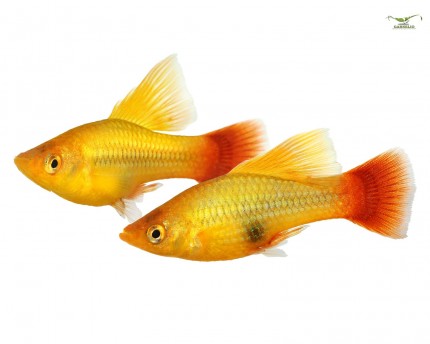

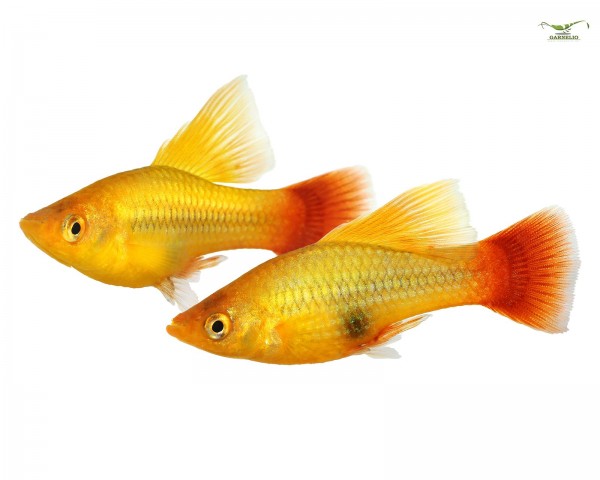

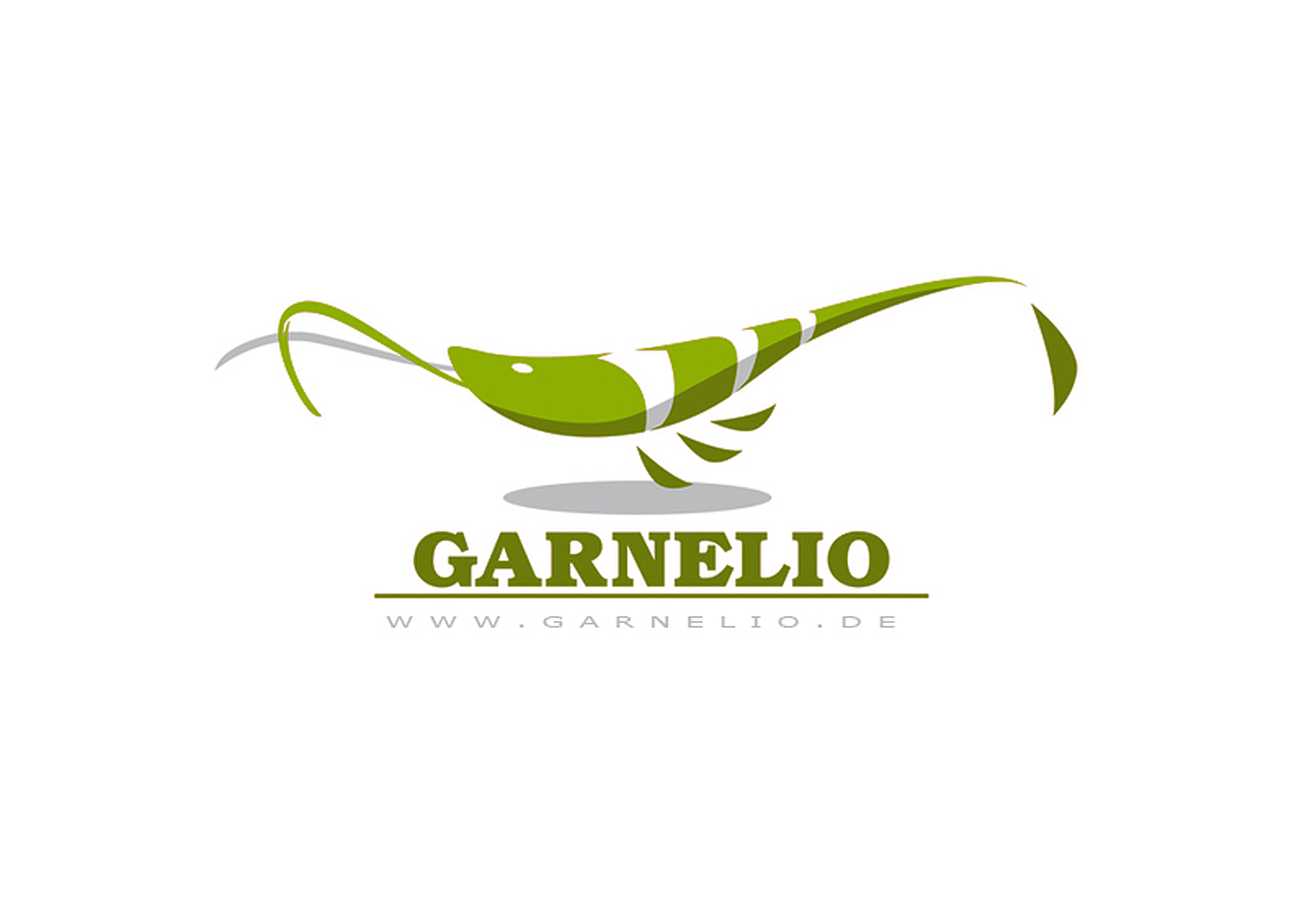
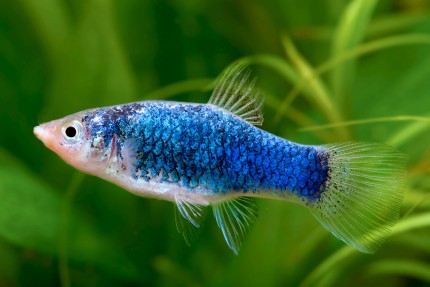
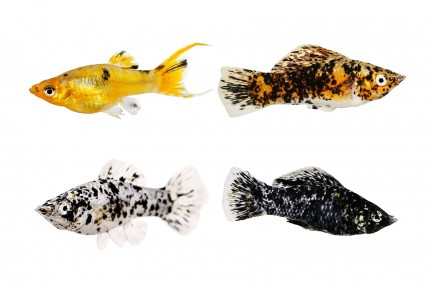

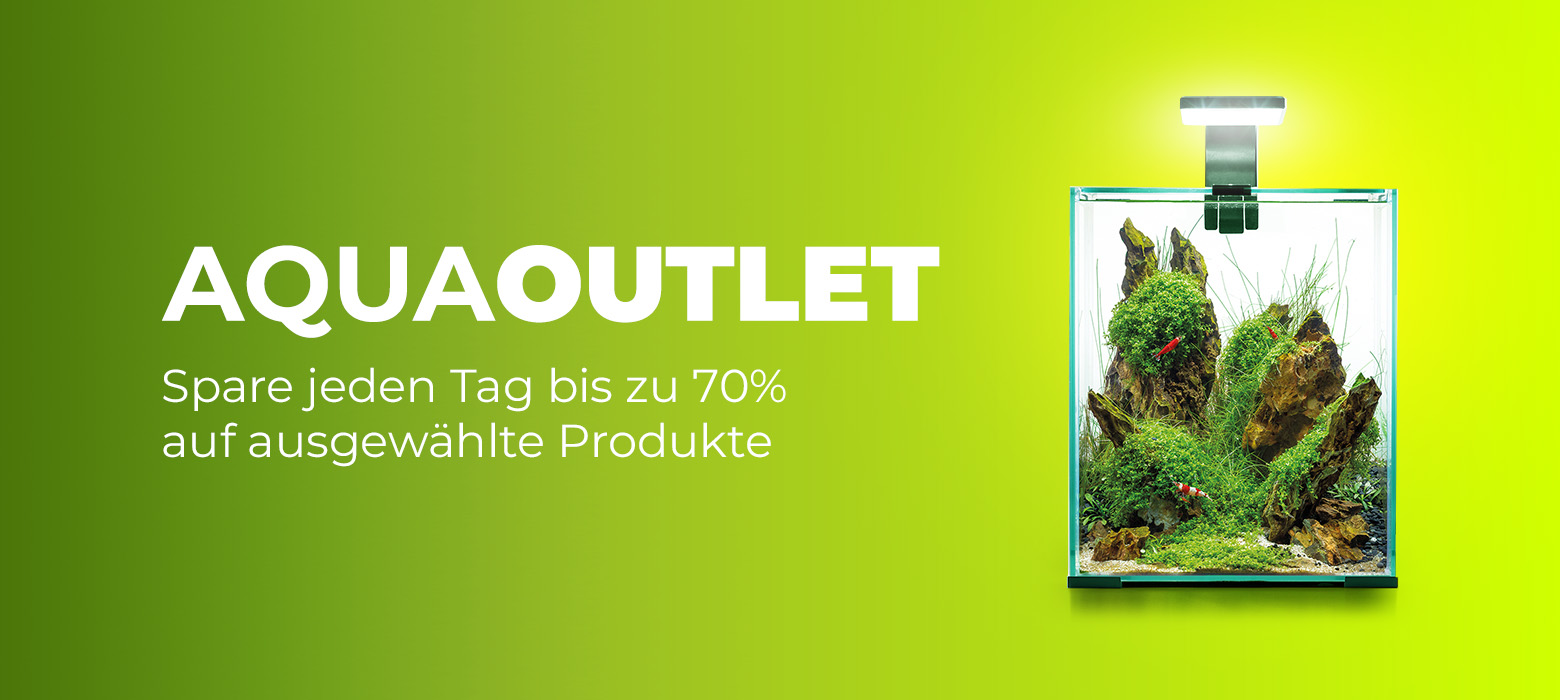
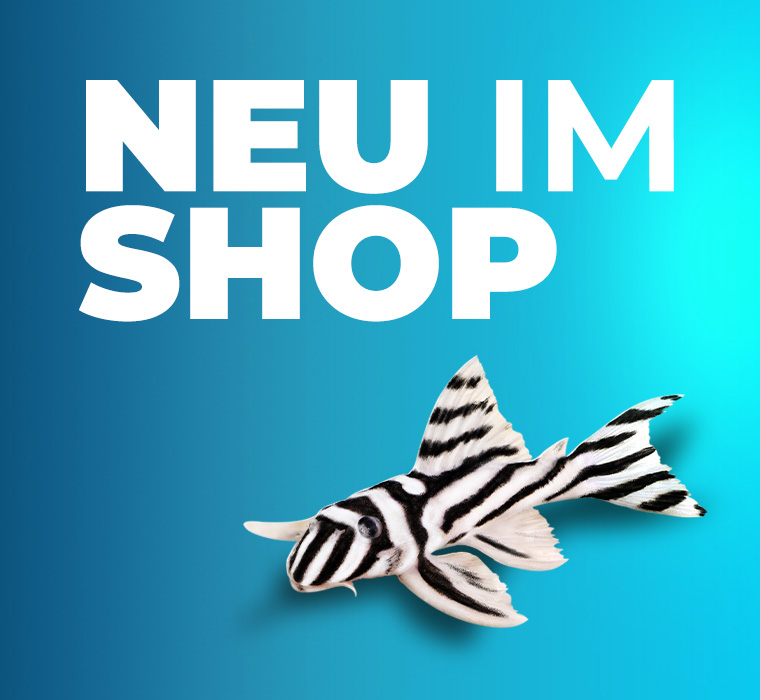
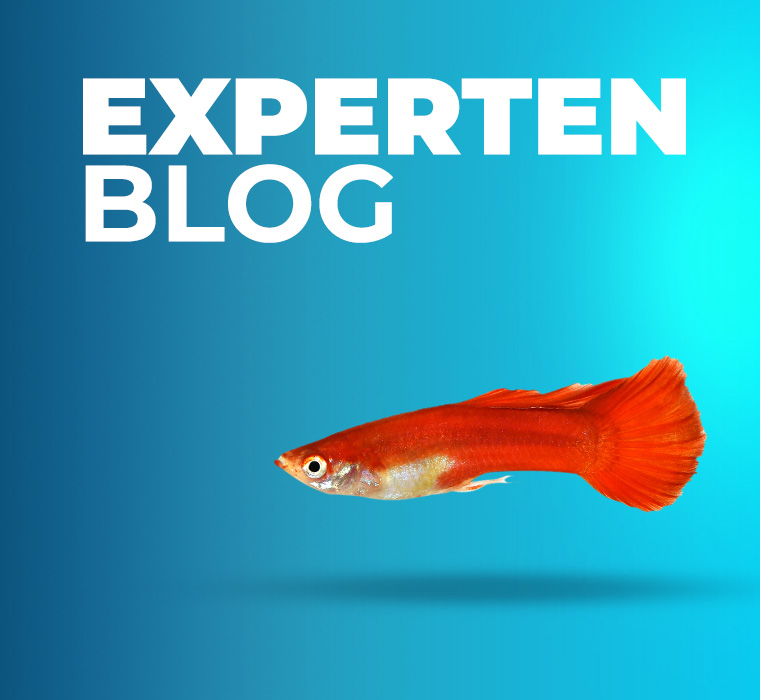
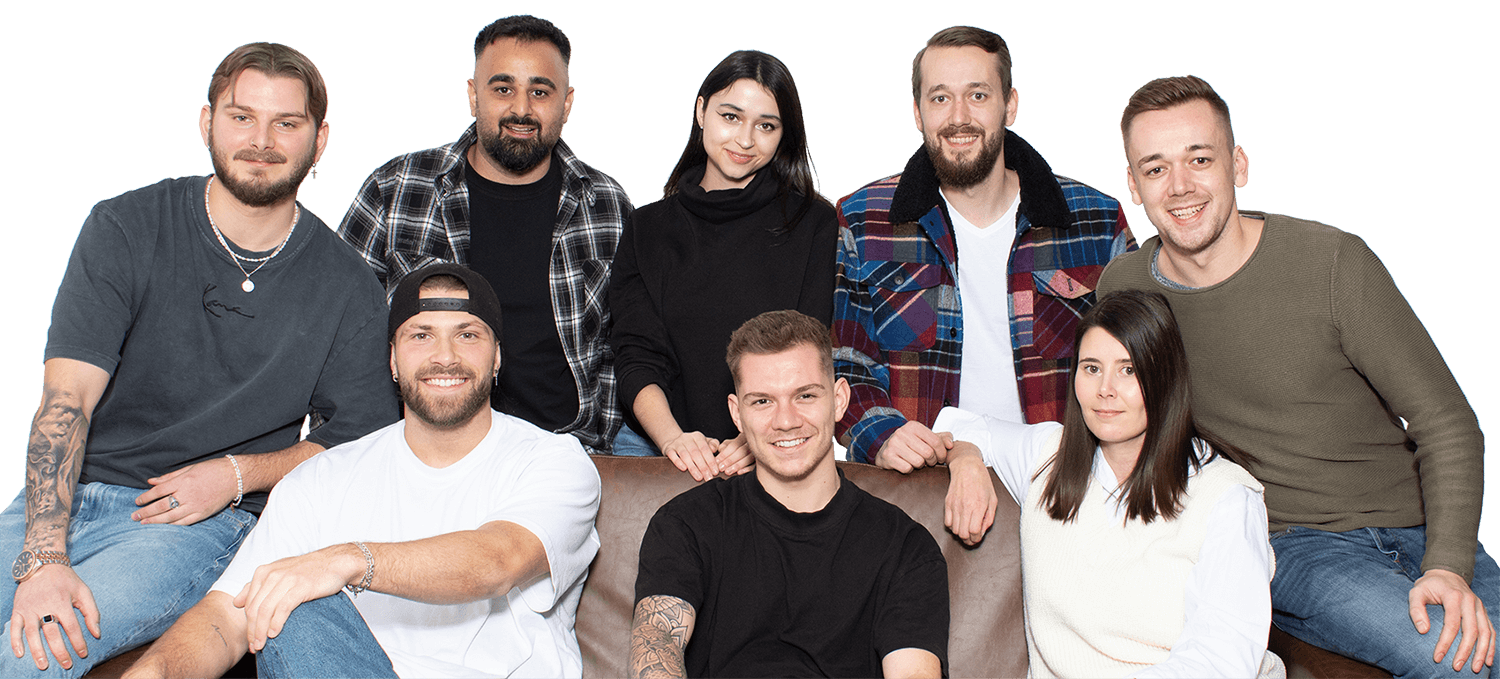
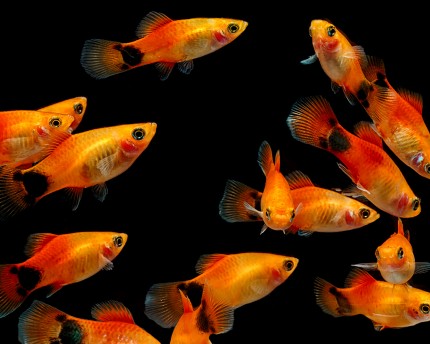
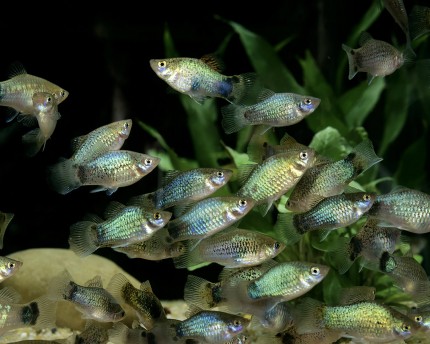
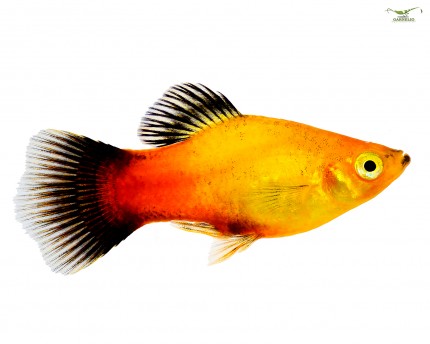
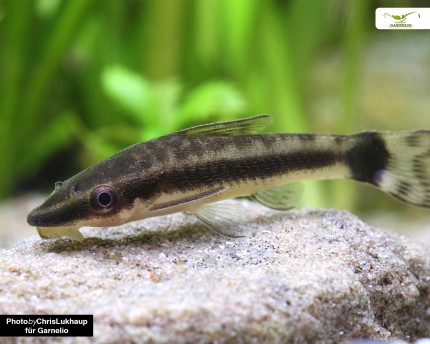
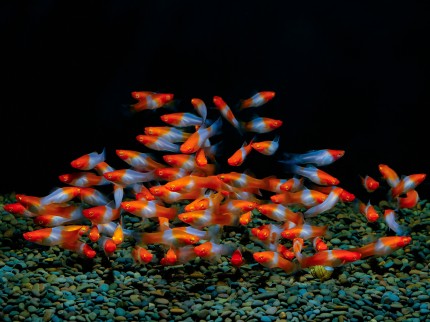
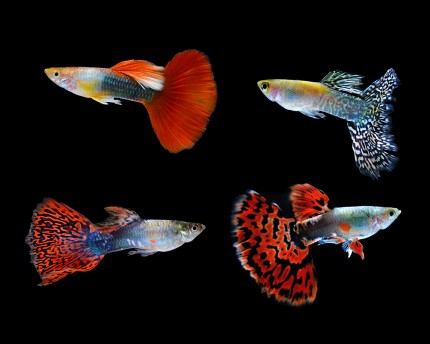
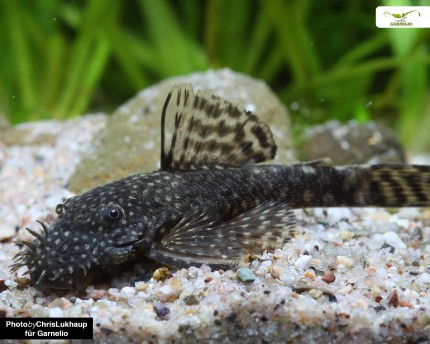
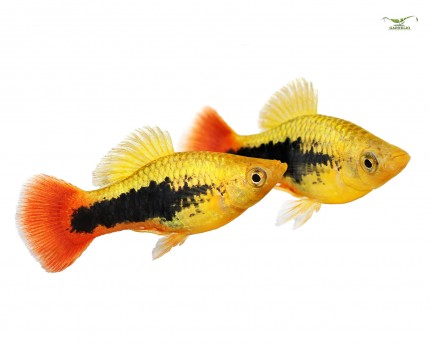
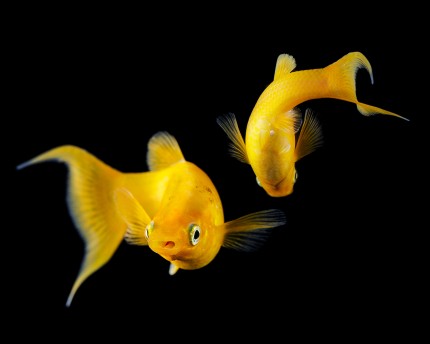
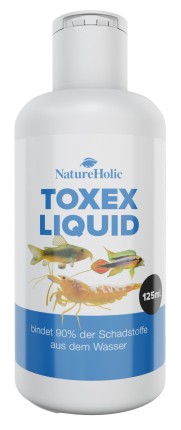
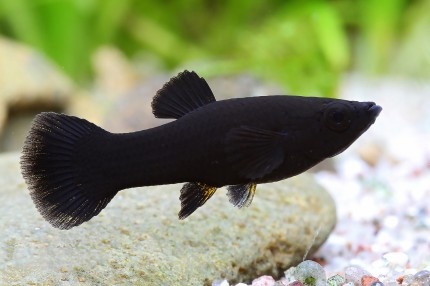
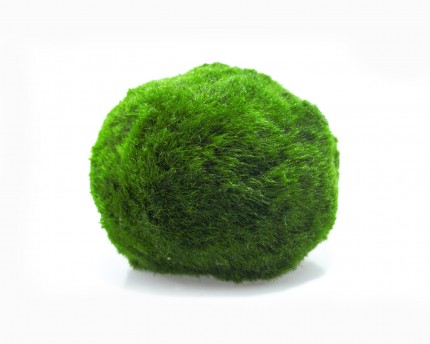
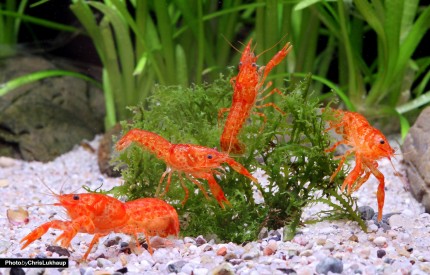
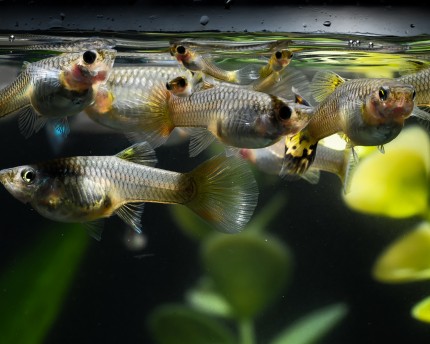
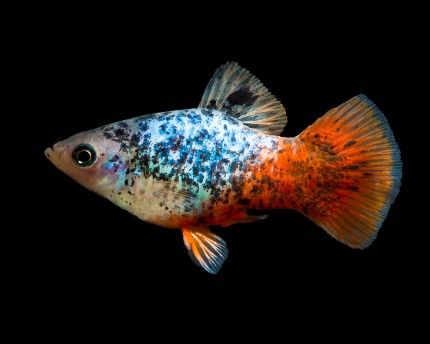
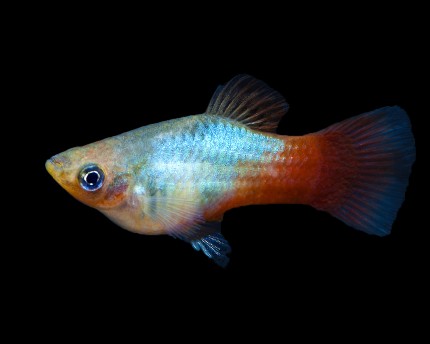
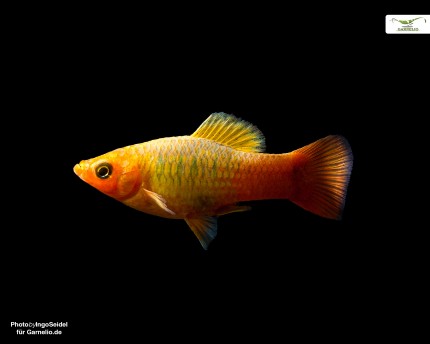
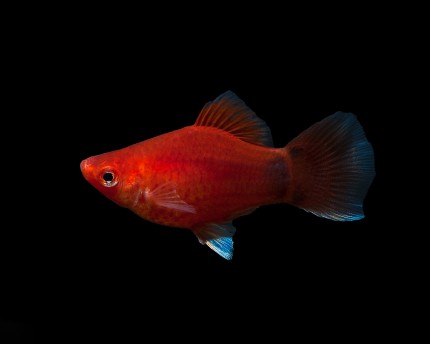
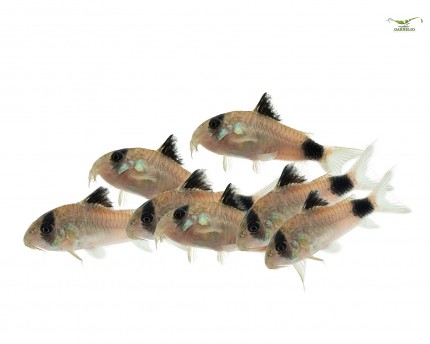
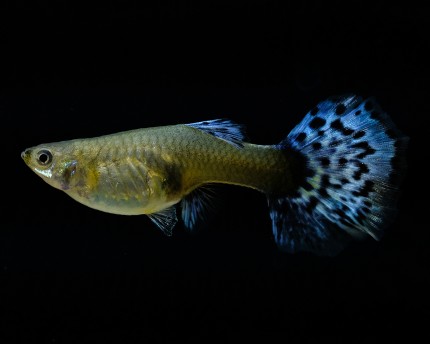
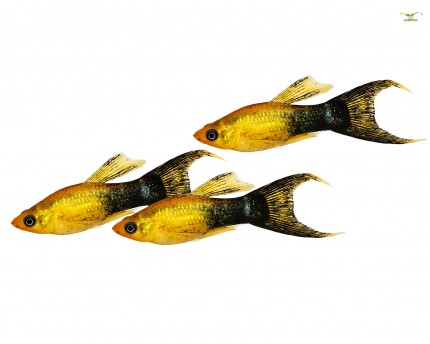
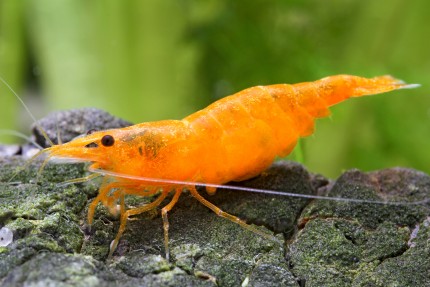
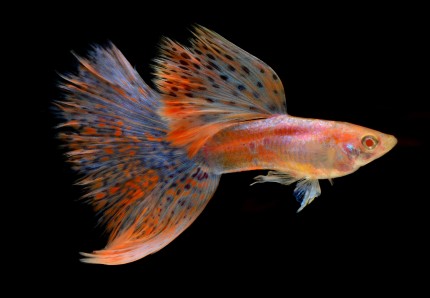
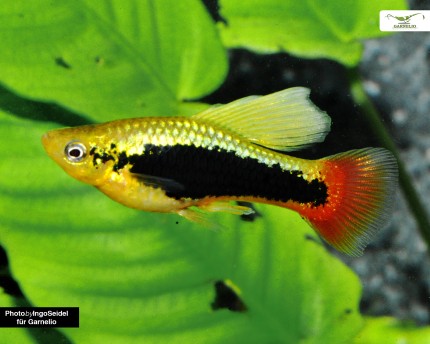
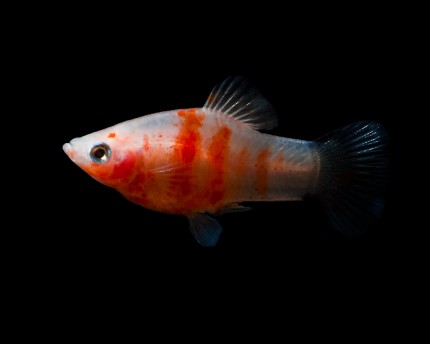
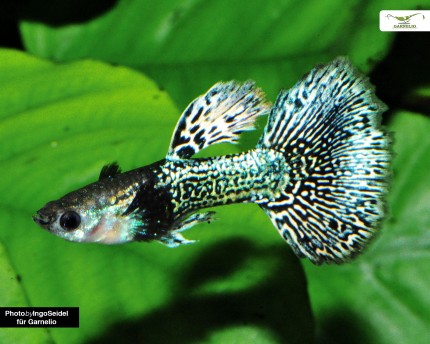
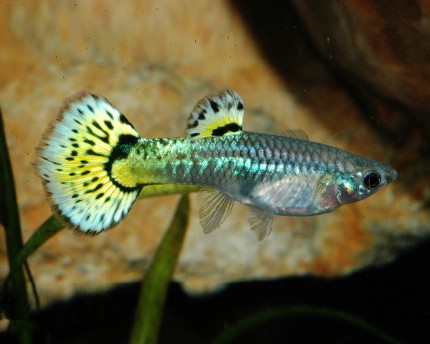
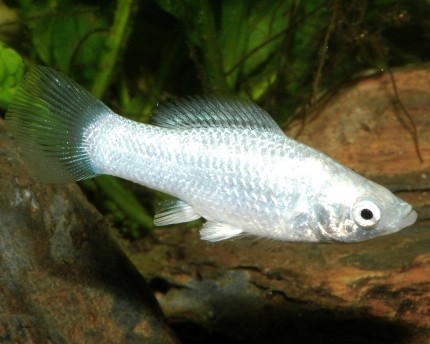
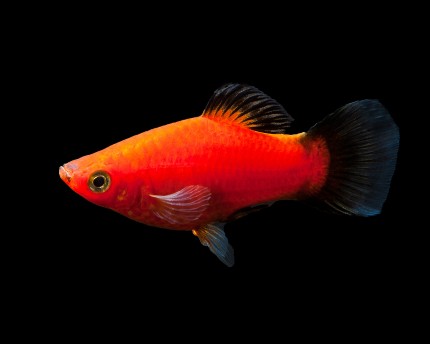
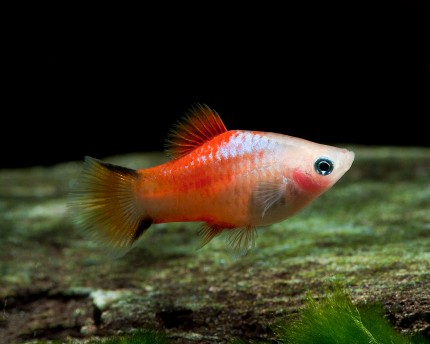
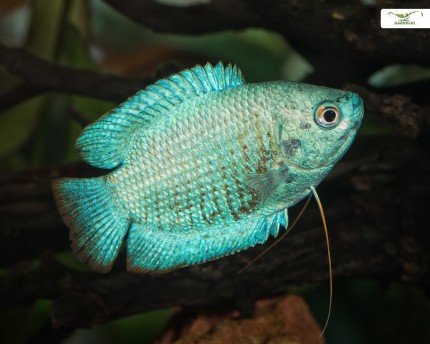
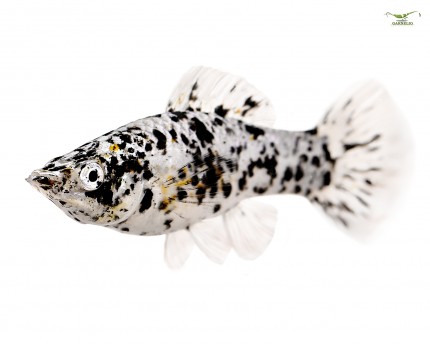
The fields marked with * are required.
I have taken note of the privacy policy.